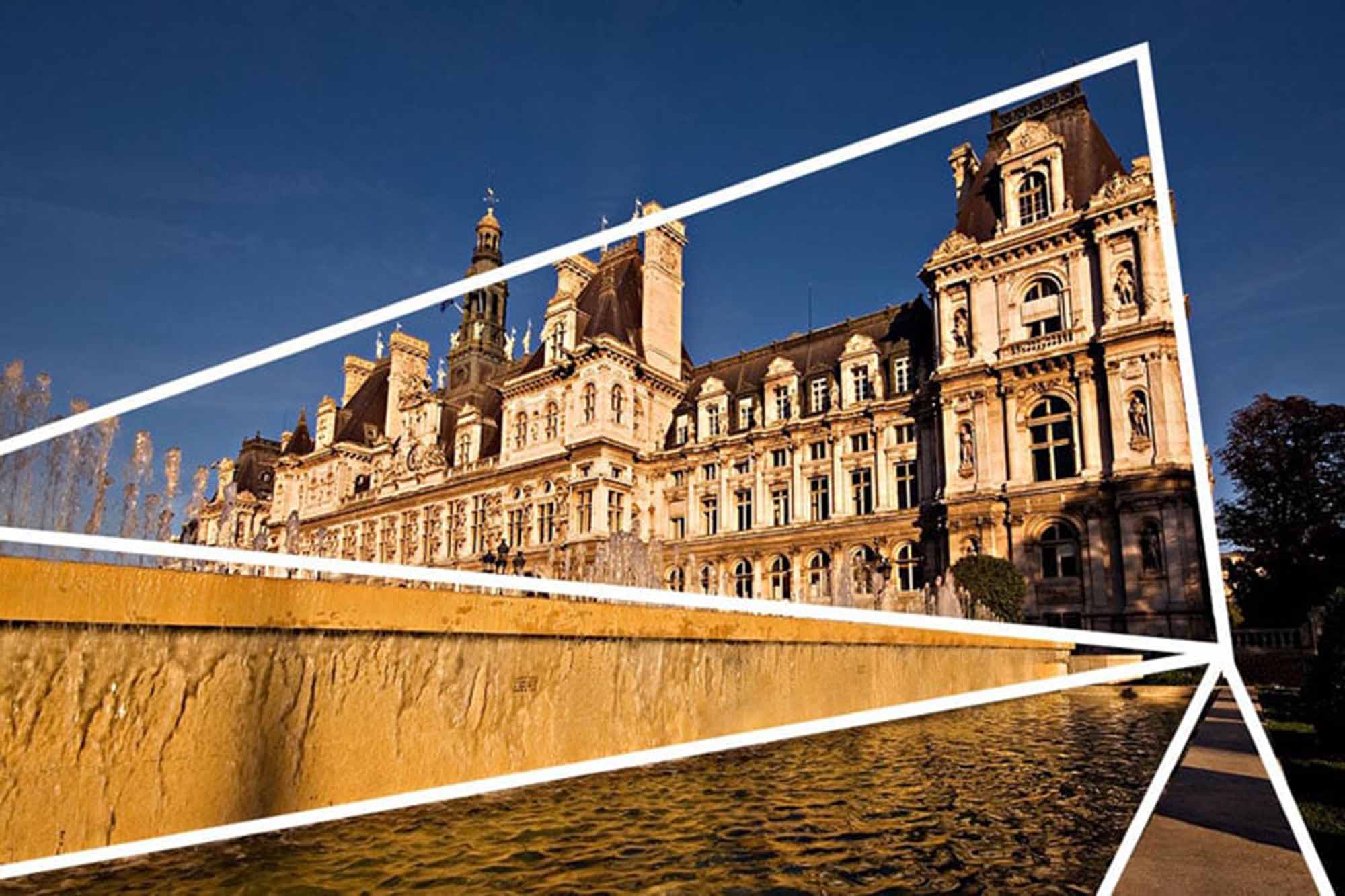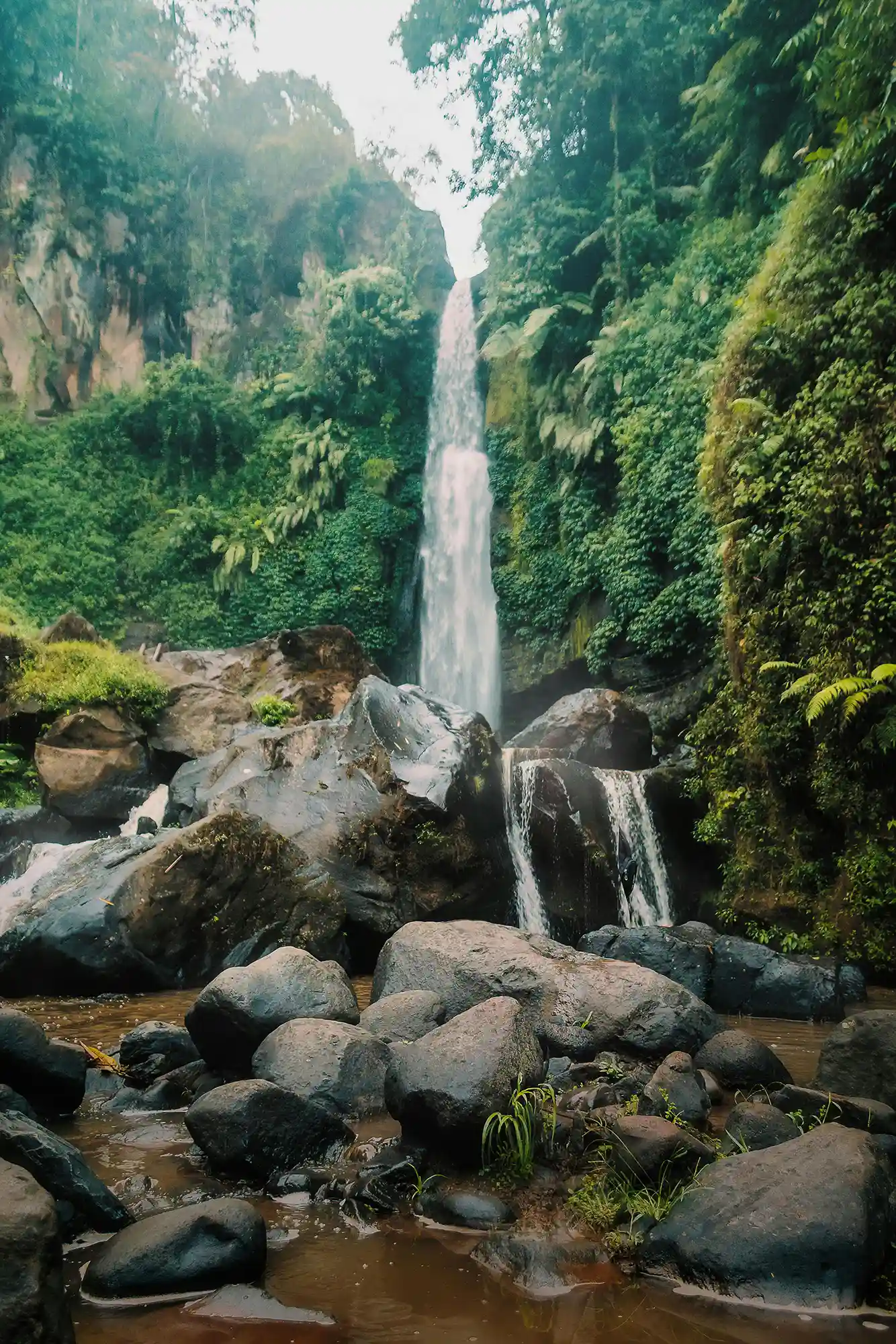Introduction: Synthesizing Photographic Skills
As we conclude our series on photographic techniques, the focus shifts to integrating these diverse skills into a cohesive practice. Mastery in photography is not just about understanding individual techniques but about combining them artfully to create compelling and dynamic images.
The Journey to Photographic Mastery
Photographic mastery is achieved through the synthesis of various techniques, from understanding composition and lighting to mastering the decisive moment and storytelling. This guide will explore how to weave these elements together seamlessly.
Creative Process: Blending Techniques for Impact
- Assessing the Scene: Evaluate each scene with a multi-faceted approach, considering composition, lighting, color, and narrative elements.
- Combining Techniques: Learn to combine techniques such as the Rule of Thirds, leading lines, and depth of field for balanced and intriguing compositions.
- Adapting to the Subject: Be adaptable and choose techniques that best suit your subject and the story you want to tell.
Tips for Photographers
- Continual Learning: Stay open to learning and experimenting with different techniques, no matter your level of experience.
- Practice Mindful Shooting: Be present in the moment and mindful of the various elements at play within your frame.
- Review and Reflect: Regularly review your work, noting how effectively you integrated different techniques and where improvements can be made.
- Seek Inspiration: Draw inspiration from a range of sources, including other photographers, art forms, and your surroundings.
Advanced Techniques for Integration
- Thematic Series: Work on thematic series where you can apply and integrate various techniques around a central subject or theme.
- Post-Processing Skills: Enhance your integration skills with post-processing, where you can further adjust and combine elements like color balance, contrast, and composition.
- Creative Experimentation: Don’t be afraid to experiment with unconventional combinations of techniques to find your unique style.
Practical Applications in Various Genres
- Landscape Photography: Integrate compositional rules with an understanding of natural light and moments to capture breathtaking landscapes.
- Portrait Photography: Combine lighting techniques with emotional expression and compositional skills for impactful portraits.
- Street Photography: Use a blend of anticipation for decisive moments, composition, and storytelling to capture the essence of street life.
Conclusion: The Art of Integration for Mastery
Achieving mastery in photography is a continuous journey of learning, experimenting, and integrating. By skillfully blending various techniques, photographers can elevate their work from mere images to artful expressions.
O Carroll, B. (2016). 28 Composition Techniques That Will Improve Your Photos.
References
O Carroll, B. (2016). 28 Composition Techniques That Will Improve Your Photos. [online] PetaPixel. Available at:








































